

Placer gold is natural gold particle formed by the weathering, fluvial transportation, and sedimentation of primary lode gold. Its morphologies and characteristics reflect the complex processes of geological activities. Below are the main morphologies, characteristics of placer gold, and corresponding gold panning processes.
I. Main Morphologies and Characteristics of Placer Gold
1. Nugget (Dog-Head Gold)
Characteristics:
Nuggets are the largest form of placer gold, weighing from several grams to dozens of kilograms. They have irregular shapes, often appearing porous, nodular, or dendritic. Their surfaces bear scratches from long-term transportation and abrasion, and they may enclose minerals such as quartz and pyrite inside. Nuggets have high fineness (usually >900‰) and a density of approximately 15.6-19.3 g/cm³. Their color ranges from deep yellow to light red depending on purity.
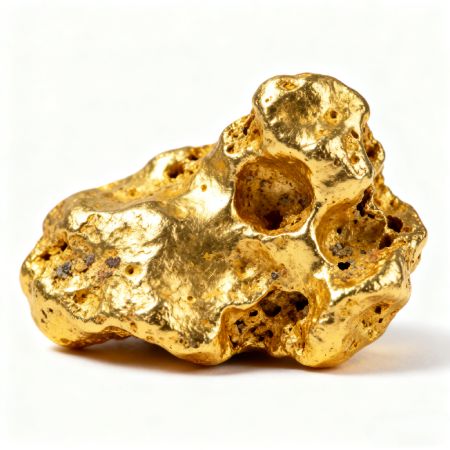
2. Flaky Gold
Characteristics:
Flaky gold is extremely thin (usually<0.1 mm), presenting a flat or scaly shape with an aspect ratio of up to 10:1. Its surface appears slightly dull due to oxidation or impurity adsorption, but it still retains a metallic luster. Flaky gold is mostly distributed in the lower reaches of rivers and has high fineness (up to 999‰ or more).
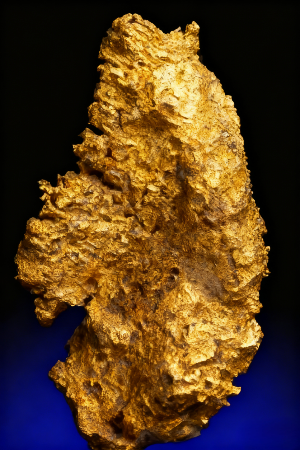
3. Granular Gold
Characteristics:
Granular gold has a particle size ranging from 0.2 to 10 mm, with shapes mostly round, angular, or polyhedral. Its surface may have abrasion pits or secondary crystals. There is a negative correlation between its fineness and particle size: coarse-grained gold has lower fineness (about 800‰), while fine-grained gold has higher fineness (up to 950‰). Granular gold is the most common form in placer gold deposits and has a wide distribution.
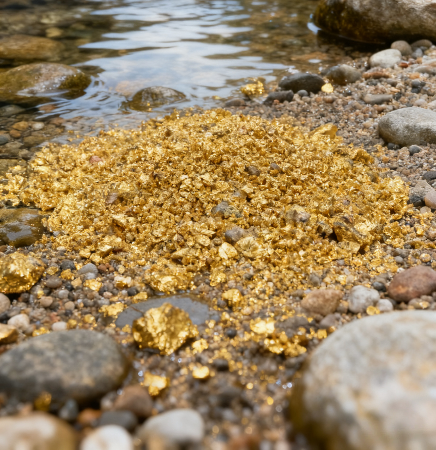
4. Powdered Gold
Characteristics:
Powdered gold has a particle size smaller than 0.074 mm, appearing as dust or colloid, and can only be observed under a microscope. Its surface is often adsorbed with iron and manganese oxides, giving it a dark color. Powdered gold is mostly concentrated at the bottom of rivers or in clay interlayers. The recovery rate of traditional gold panning processes is low, and it relies on modern equipment such as centrifugal concentrators.
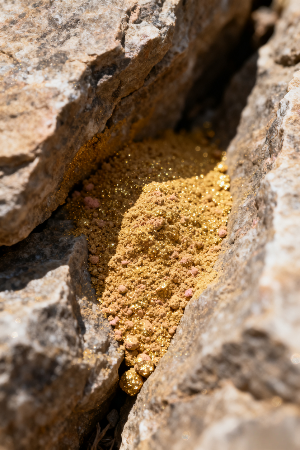
II. Placer Gold Panning Processes
1. Gravity Separation (Core Process)
Principle: It utilizes the density difference between gold and gangue (gold: 19.3 g/cm³ vs. quartz: 2.65 g/cm³) to separate gold particles through water flow or centrifugal force.
Equipment and Application:
1) Sluice Box: Suitable for coarse-grained gold (2-0.074 mm). It has low cost but a recovery rate of less than 16% for fine and micro-fine gold.
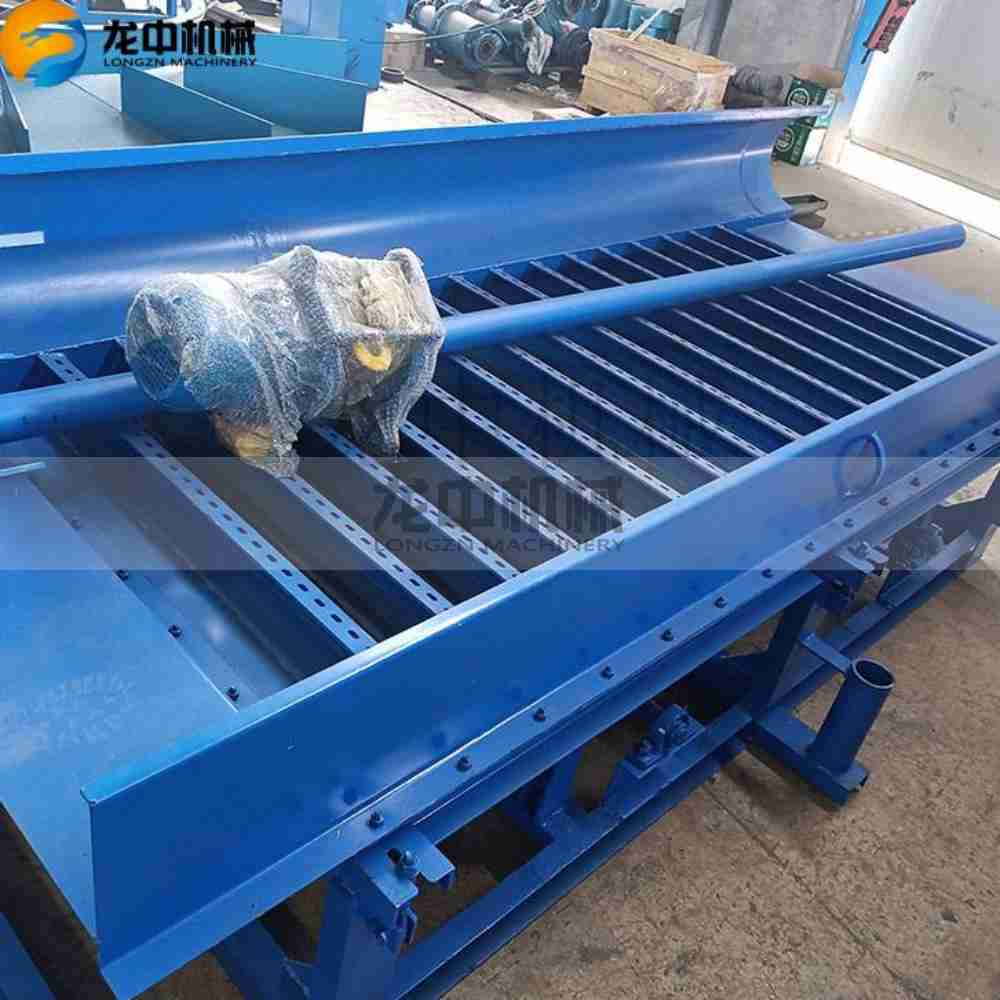
2) Jig Separator: Processes particles of 20-0.074 mm. It uses water flow pulsation for stratification, has high roughing efficiency, and is often used in gold dredgers.
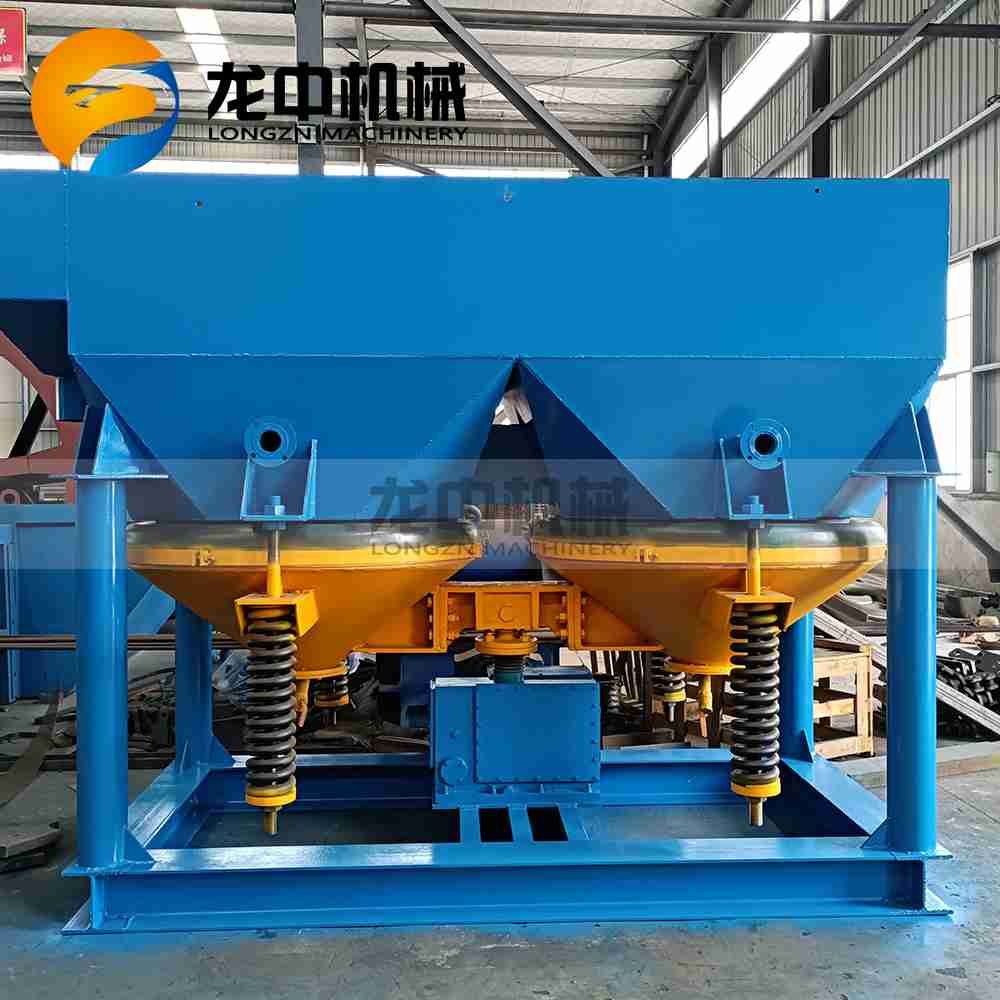
3) Shaking Table: Specializes in fine-grained gold (<2 mm) with an enrichment ratio of up to 300:1. It is a key piece of equipment in the cleaning stage.
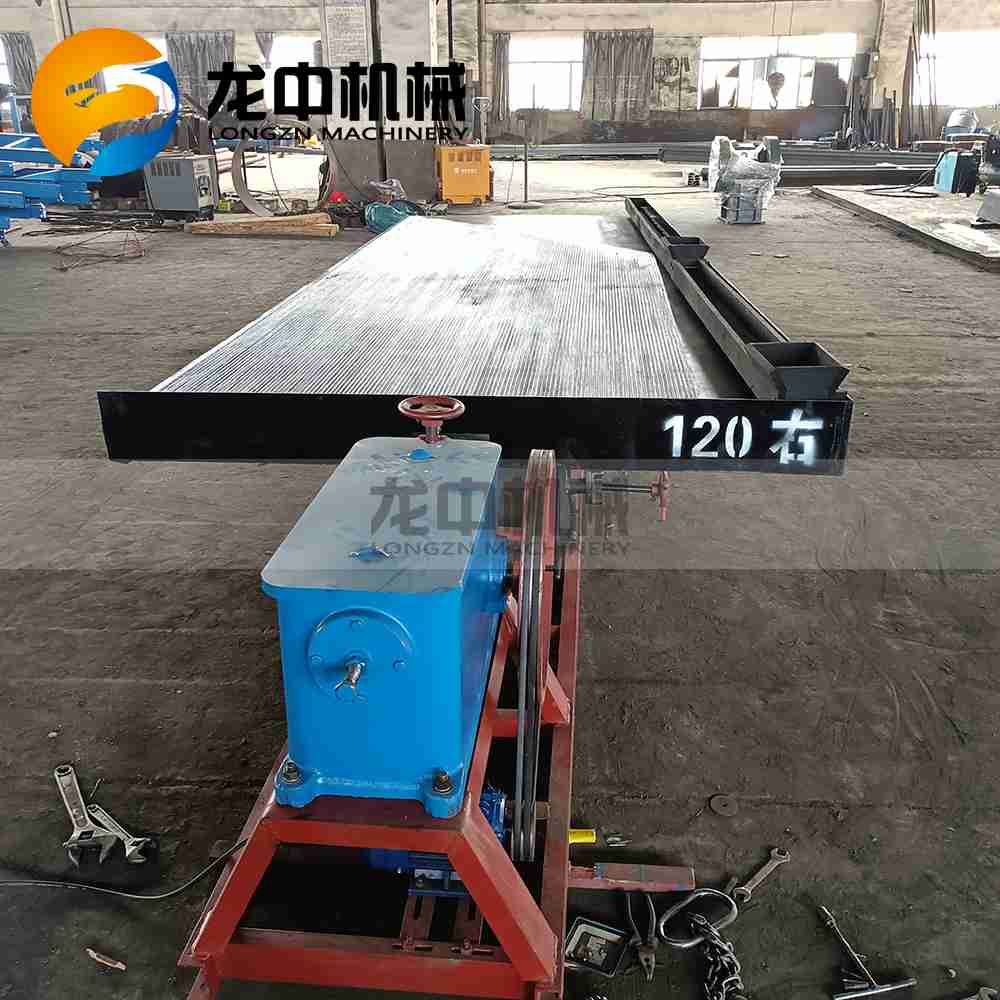
4) Centrifugal Concentrator: Such as the Knelson concentrator, which uses high-speed centrifugal force to recover micro-fine gold below 0.1 mm, with a recovery rate of over 90%.
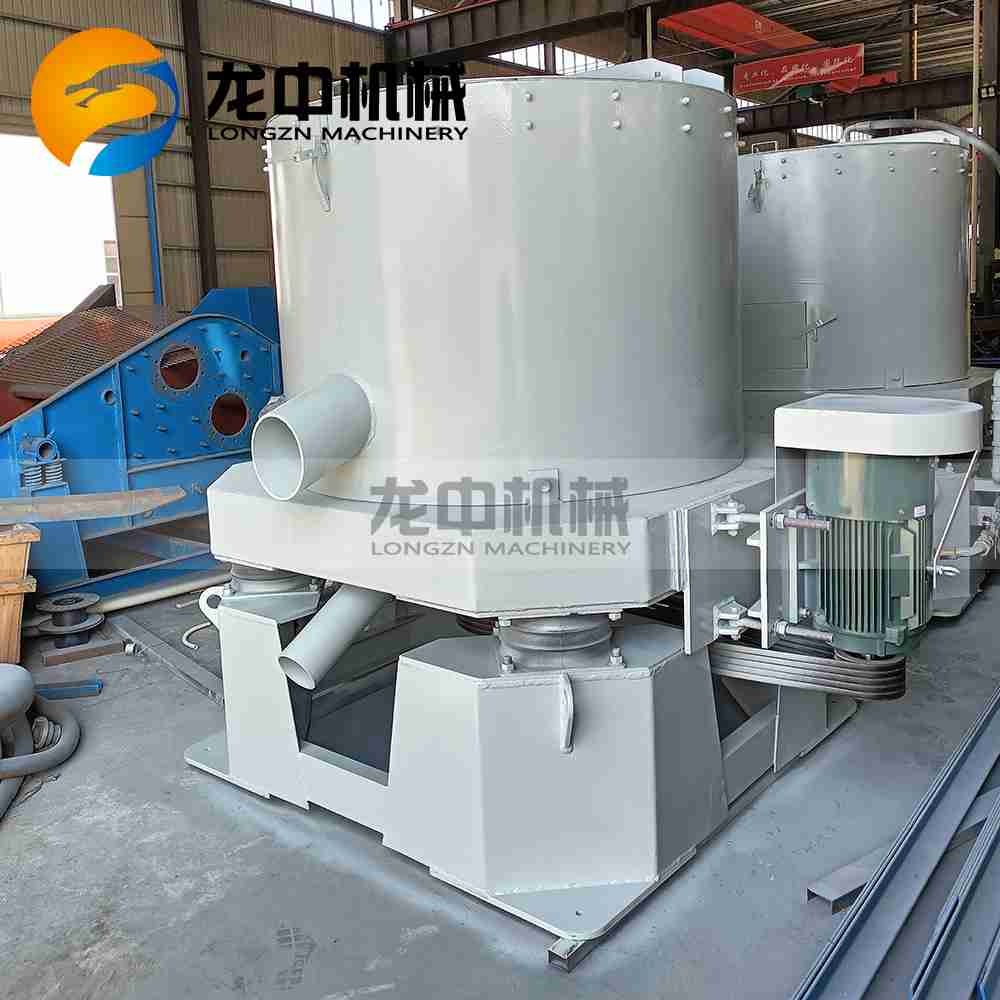
2. Amalgamation (Auxiliary Process)
Principle: Mercury forms an amalgam with gold, and mercury and gold are separated through distillation. This method has a recovery rate of up to 98% but is gradually phased out due to mercury pollution.
Application: It was widely used for coarse-grained gold recovery in history and is now only used in limited areas where environmental permits are available.
3. Magnetic Separation (Pretreatment)
Principle: It uses a magnetic separator to remove magnetic impurities such as magnetite and ilmenite, improving the purity of gold concentrate.
Application: It serves as a pretreatment step for gravity separation or flotation, especially suitable for placer mines with high iron content.
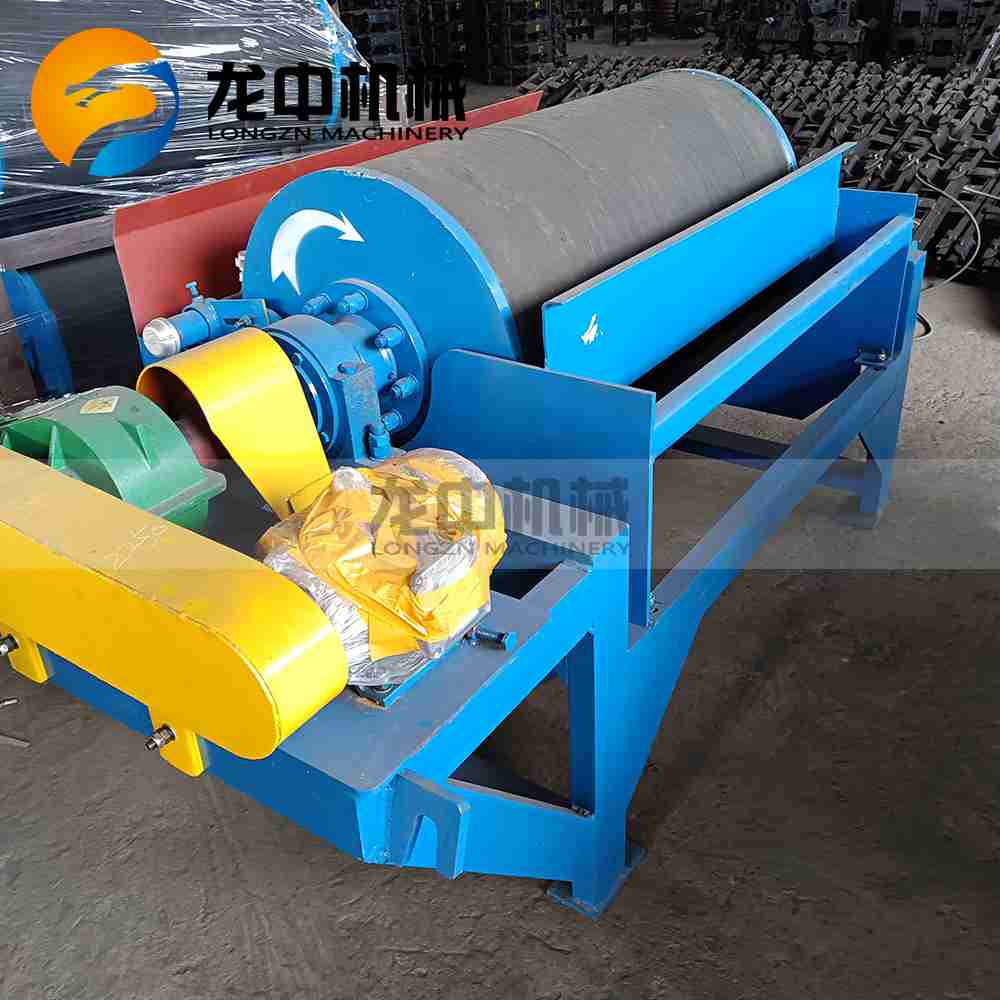
4. Modern Combined Processes
Combination Modes: For example, "sluice box + jig separator + centrifugal concentrator" can increase the recovery rate of fine-grained gold (-0.25 mm) by 2-30 times.
Intelligent Equipment: Devices such as vibrating screen jigs and automatic ore discharge sluice boxes realize real-time parameter adjustment, with a processing capacity of up to 200 tons per hour.
Environmental Protection Technologies: Bio-leaching and thiourea leaching replace cyanidation to reduce environmental pollution.